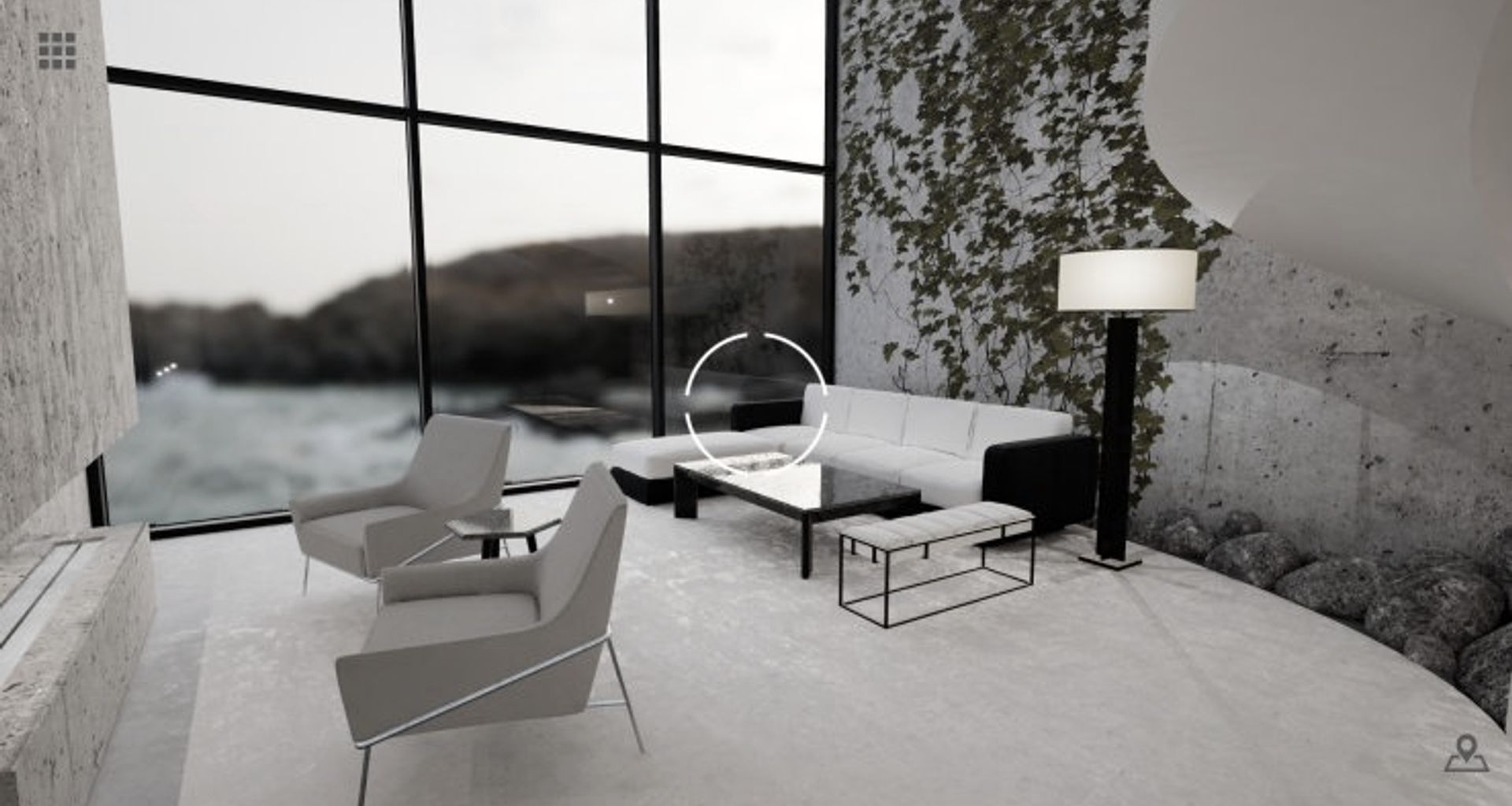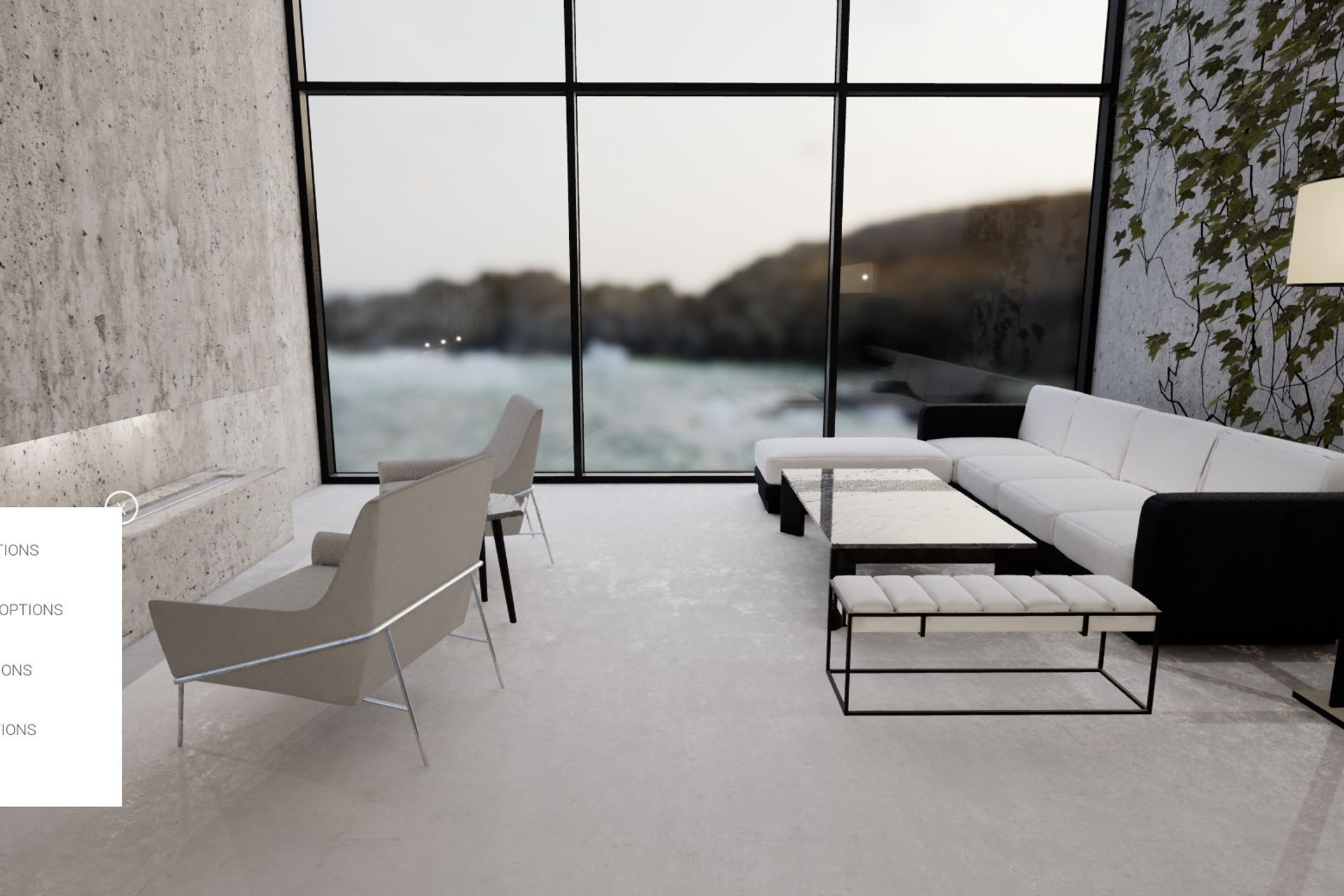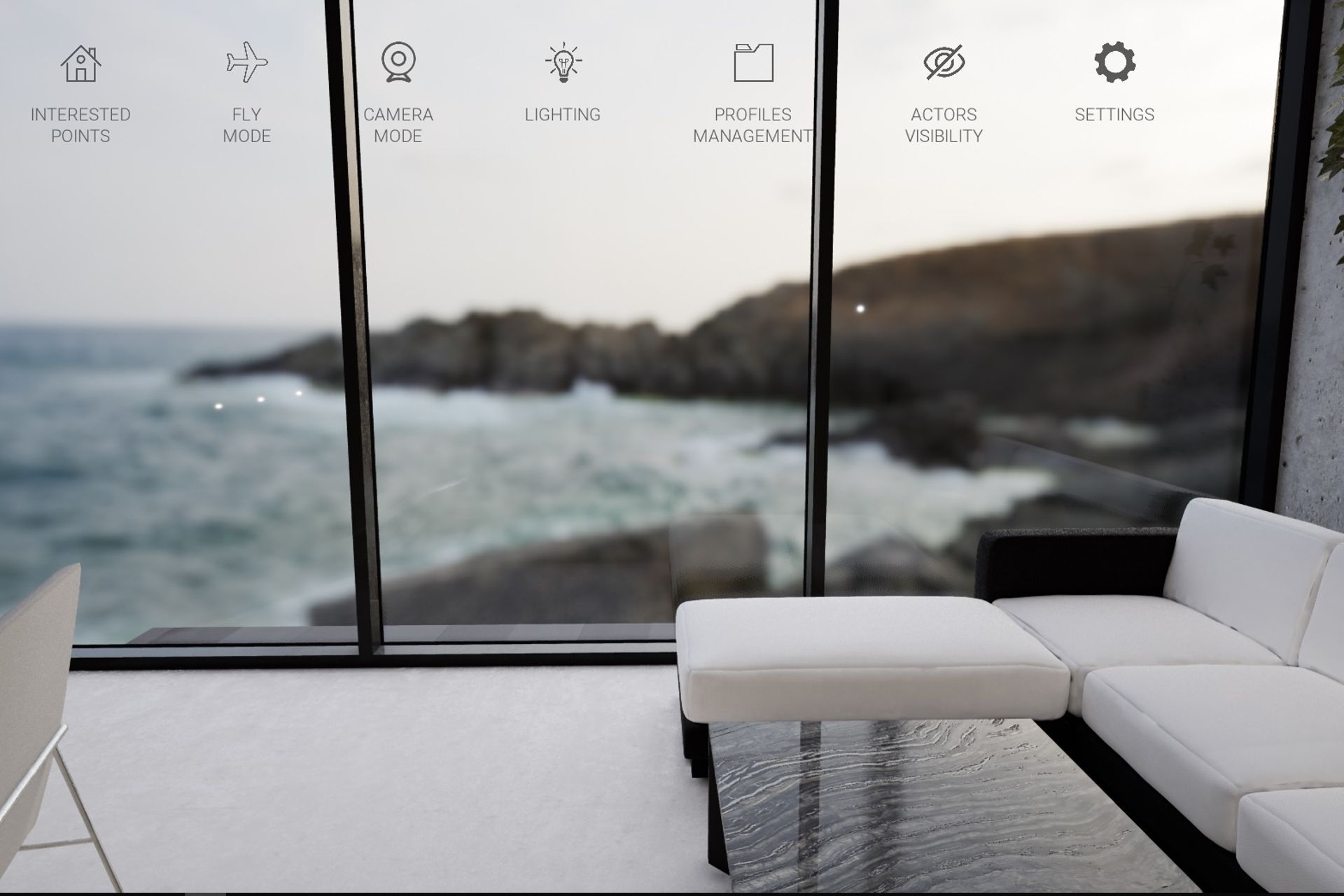Would you like to use a video game to design your future home?
Written by
02 August 2018
•
5 min read

Recently, virtual reality, or VR has taken the world by storm, making its way into several key industries. The military uses VR to train pilots while fashion designers use it to create products. We use it at home to exercise, play and relax behind our personal headsets.
Why do we love VR so much? One reason is that simulating something preliminarily can prepare us, enhancing the real experience later on.
The same is true in architecture and design. VR can help homeowners save time, money and improve the final outcome of their project. That’s why Patrick Wood of 3DAV is creating his own 3D simulation program, a customised video game experience for clients designing their home.
“I got the idea from a luxury real estate company in New York that was using VR to show properties. Rather than spending time getting to and from the apartments, they built them all in VR, allowing clients to see several properties in a matter of hours. Without ever stepping foot in the space, people were willing to spend millions of dollars on a property.”
And that’s just the baseline, explains Patrick. “The tools are all there and I thought, why not use this to let people design their homes as well?”
Patrick’s company, 3DAV specialises in creating 3D renders for architectural projects in New Zealand and abroad. The process, according to Patrick, has a significant impact on the success of a project, offering advantages to homeowners, designers and building teams.
His next offering will take this even further. Patrick is currently developing an interactive, 3D experience clients can use to explore and customise their homes long before they’ve been built. “In the simplest terms, the experience will be like playing a video game. Clients will walk from room-to-room, navigating the home using a miniature map of the floorplan. As they explore, they’ll be able to customise various details using a gaming controller. Everything can be customised, including the walls, furniture, cabinetry - anything you’d like to see in different variations.
You’d go into the living room, for example, and click on the floor. A wheel would pop up with a variety of options you had in mind for that space, allowing you to test out concrete, timber or whatever else in real time. From there, you could drag and drop different furniture from a 3D library totally unique to your project.”
The graphics and visuals are quite similar to what Patrick is already doing with 3D renders. But while renders are great for presentations, websites and other applications, this program will offer a much higher level of accuracy and client involvement.
“This is a real-time experience. With a render, you often pass the image back and forth, communicating and making adjustments. When you use VR in the design process, something like swapping out the cladding can be done instantly.”
This, of course, helps ensure a positive outcome for the client.
“When you put on the VR goggles, they automatically adjust to your height. So when you’re walking around the house, you can make an assessment of everything from the width of the doors to the height of the furniture and understand what it would feel like to live in that space.
Something like a room with a lot of windows, for example, may look great in a render, but when you experience it, you realise that maybe you’d prefer more privacy. This is a huge advantage for clients - one that even surpasses what they can achieve with a 3D render. ”
Plus, it’s fun, which is something that can’t be overlooked during the process of custom-building a new home. “I’ve done them before with a couple of projects - it’s so much faster and a lot of fun to do.”
Patrick has been using Unreal, an advanced gaming engine that can push hyperrealism in real time. The key differentiator of his system will be the ability to move through the property naturally, unlike other simulations where you’re interactions and mobility within the space are quite limited.
Currently, Patrick is optimising the program to get it market-ready, but the possibilities are endless.
“It could really be used for anything. In many ways, it’s like a virtual showroom meets product showcase. Everything in the house exits in real life and spaces like this would be a great opportunity for suppliers to show off their products to prospective customers. When you click on a certain couch, for example, all the information about the product will pop up, as well as links to where you can buy it.”
Want to learn more about the exciting world of VR? Get in touch with 3DAV today and be sure to check out their latest projects on ArchiPro.


